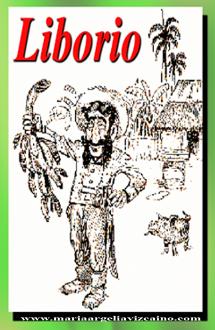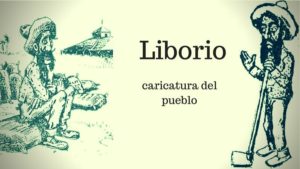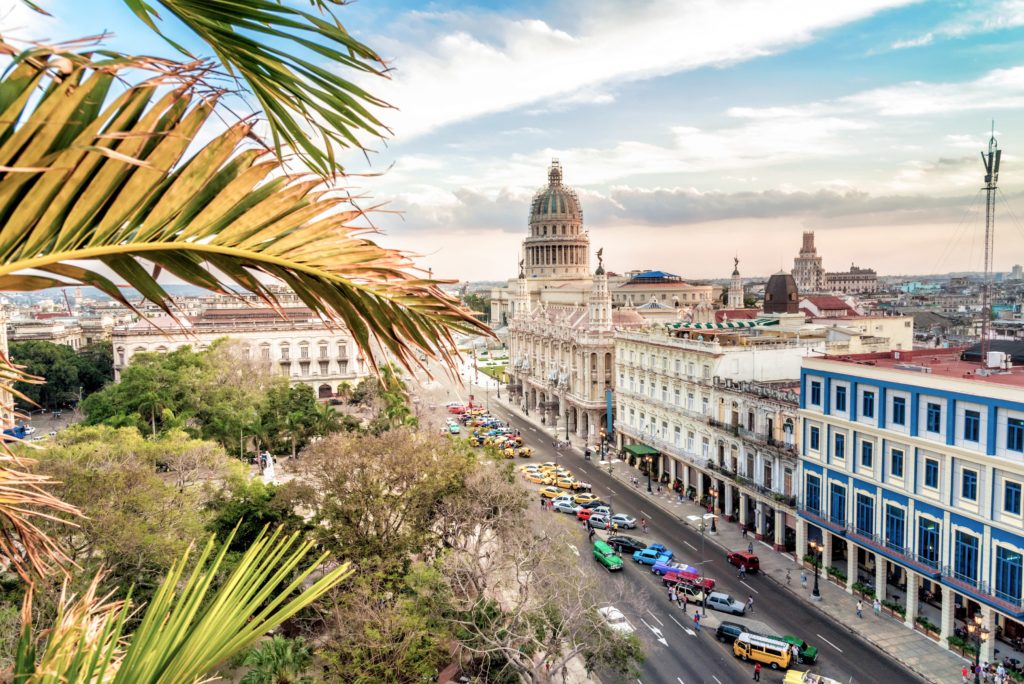 EN NUESTRA HISTORIA “LIBORIO” Y LO QUE SIGNIFICA PARA LOS CUBANOS.
EN NUESTRA HISTORIA “LIBORIO” Y LO QUE SIGNIFICA PARA LOS CUBANOS.
Así como el “Tio Sam” simboliza al pueblo norteamericano, Liborio es el personaje que simboliza al pueblo de Cuba. Este personaje de pronunciada nariz, largas patillas y atuendo campesino expresó por varias décadas el pensar y el sentir el decir y el sufrir del pueblo cubano.
Liborio representa al legitimo campesino cubano, ataviado con sombrero de yarey, guayabera blanca de hilo, pañuelo rojo al cuello y machete al cinto. El diccionario Larousse lo recoge como “nombre genérico del hombre cubano” que por extensión representa al pueblo cubano.
Liborio esta siempre dispuesto a sacar su machete de la vaina para eslomar (deslomar) a los sinvergüenzas que hacen fortuna en la política y en el gobierno a costa del desdichado guajiro cubano, como dice él con gracia.
Creado por el caricaturista Ricardo de la Torriente, apareció por primera vez en 1900 en el periódico La Discusión que dirigiera Torriente y más tarde y desde 1905 hasta 1931 en en el semanario La Política Cómica también dirigido por Torriente.
Todas las vicisitudes, penas y alegrías del pueblo cubano en esas décadas fueron captadas por Liborio y expresadas a veces en cuartetas otras veces con sólo un gesto de su cara, ya que Liborio era un bromista un tanto satírico.
Esta era la imagen que, representando a Cuba, nunca faltaba en los carnavales, fiestas de disfraces y en los desfiles; no-solo en Cuba antes de Castro, sino en las paradas y fiestas guajiras del exilio, donde con nostálgica vehemencia, aparece de vez en cuando Liborio.
Hacia los años cincuenta surgieron otras versiones más modernas de Liborio y hasta surgió Liborito Pérez, versión más ligera y con distinto talante: sin patillas ni bigote, de cara regordeta y sombrero mambí y guayabera criolla. Esta nueva versión de Liborio apareció también en el semanario humorístico Zigzag de Castor Vispo y Roseñada, que en cierta forma fue el continuador, al menos en el estilo humorístico de La Política Cómica.
Hoy, cuatro décadas después, este personaje en si, como símbolo del pueblo cubano NO ha cambiado. Lo que sí es diferente es su representación, es decir, su imagen y vestimenta. Sigue siendo el mismo hombre sufrido, pegado a la tierra, con sombrero de guano, pero ha perdido su inmaculada guayabera blanca. Viste una camisa raída, unos pantalones desgarrados y anda descalzo. Ya no lleva su machete al cinto, ahora lleva atado a uno de sus pies una gruesa cadena de metal de la que arrastra una pesada bola de hierro, igual al grillete que llevaba nuestro apóstol José Martí” cuando estuvo en prisión a los diecisiete años.
Es irónico, si no fuera desgarradoramente triste. Después de mas de un siglo transcurrido, estamos como Martí, en el punto de partida.
 IN OUR HISTORY “LIBORIO” AND WHAT IT MEANS TO THE CUBANS.
IN OUR HISTORY “LIBORIO” AND WHAT IT MEANS TO THE CUBANS.
Just as “Uncle Sam” symbolizes the American people, Liborio is the character that symbolizes the Cuban people. This character with a pronounced nose, long sideburns, and peasant attire expressed for several decades the thinking and feeling of saying and suffering from the Cuban people.
Liborio represents the legitimate Cuban peasant, dressed in a yarey hat, a white string guayabera, a red scarf around his neck, and a machete at his belt. The Larousse dictionary lists it as a “generic name for Cuban man”, which by extension represents the Cuban people.
Liborio is always ready to take his machete out of the scabbard in order to open up the rascals who make their fortune in politics and government at the expense of the unfortunate Cuban guajiro, as he says gracefully.
Created by the cartoonist Ricardo de la Torriente, it appeared for the first time in 1900 in the newspaper La Discusión edited by Torriente and later and from 1905 to 1931 in the weekly newspaper La Política Cómica also directed by Torriente.
All the vicissitudes, sorrows, and joys of the Cuban people in those decades were captured by Liborio and sometimes expressed in quatrains, other times with just a gesture of his face, since Liborio was a somewhat satirical joker.
This was the image that, representing Cuba, was never lacking at carnivals, costume parties, and parades; not only in Cuba before Castro, but at the Guajiras stops and festivals in exile, wherewith nostalgic vehemence, Liborio appears from time to time.
Towards the 1950s, other more modern versions of Liborio emerged, and even Liborito Pérez emerged, a lighter version with a different mood: without sideburns or mustaches, with a chubby face and a Mambí hat and Creole guayabera. This new version of Liborio also appeared in the humorous weekly Zigzag by Castor Vispo and Roseñada, which in a way was the continuation, at least in the humorous style of The Political Comic.
Today, four decades later, this character itself, as a symbol of the Cuban people, has NOT changed. What is different is its representation, that is, its image and clothing. He is still the same suffering man, glued to the ground, wearing a guano hat, but he has lost his immaculate white guayabera. He wears a threadbare shirt, torn pants, and walks barefoot. He no longer carries his machete at his belt, now he has a thick metal chain tied to one of his feet, from which he drags a heavy iron ball, just like the shackle that our apostle José Martí wore “when he was in prison at seventeen.
It’s ironic if it wasn’t heartbreakingly sad. After more than a century has passed, we are like Martí, at the starting point.
Agencies/ Wiki/ Juan Perez/ Internet Photos/ Arnoldo Varona/ www.TheCubanHistory.com
THE CUBAN HISTORY, HOLLYWOOD.










